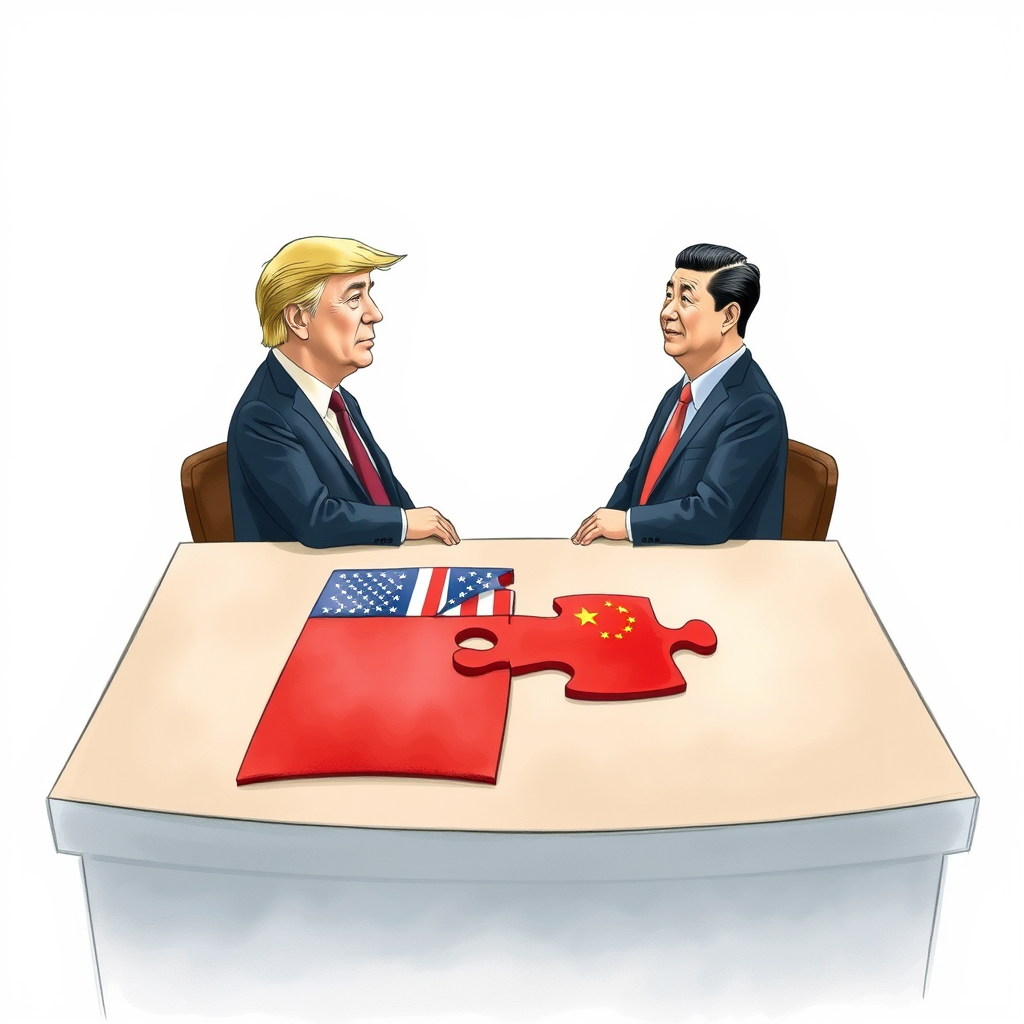Trump and Xi Revive Trade Talks After Call

President Donald Trump and Chinese leader Xi Jinping held a lengthy phone conversation Thursday, signaling a potential thaw in trade tensions after months of stalled negotiations. The call, lasting approximately 90 minutes, centered “almost entirely on trade,” according to Trump’s posts on Truth Social, and resulted in an agreement to resume talks “shortly.”
The exchange appears to represent a shift following increasingly sharp rhetoric from the Trump administration accusing China of violating previous agreements. Just days prior, Trump publicly lamented the difficulty of negotiating with Xi, despite expressing personal regard for the Chinese leader. The administration had recently threatened further restrictions, including visa revocations for Chinese students and export controls on key technologies, in response to alleged Chinese curbs on rare earth mineral exports – materials crucial to the U.S. automotive industry.
While the details of the renewed talks remain unclear, Trump indicated that Treasury Secretary Scott Bessent, Commerce Secretary Howard Lutnick, and U.S. Trade Representative Jamieson Greer will participate. Notably, both leaders extended invitations to visit each other’s countries, a gesture suggesting a willingness to engage on a more personal level.
The call reportedly occurred at Trump’s request, though the White House has yet to issue a formal statement. It marks likely the first direct conversation between the two leaders since Trump’s inauguration, despite a prior claim by Trump – disputed by Chinese officials – that Xi had already contacted him.
The impetus for renewed dialogue stems from a recent temporary tariff reduction agreed upon in May, followed by accusations from the U.S. that China failed to uphold its end of the bargain. China maintains its export controls are globally applied and not specifically targeted at the United States.
The U.S. trade deficit with China remains substantial, reaching $295 billion in 2024, a figure Trump frequently highlights as evidence of unfair trade practices. The administration believes high-level engagement is necessary to overcome the current impasse.
This development is significant. While skepticism is warranted given the history of stalled negotiations and accusations of bad faith, direct leader-to-leader communication is a positive step. The willingness of both sides to re-engage, even amidst ongoing disputes, suggests a mutual recognition of the economic stakes involved. However, the success of these renewed talks will hinge on a genuine commitment to compromise and a willingness to address the underlying issues driving the trade imbalance, rather than simply applying pressure tactics. The invitation to visit each other’s countries could prove crucial in fostering a more constructive atmosphere, but ultimately, concrete actions will speak louder than diplomatic gestures.